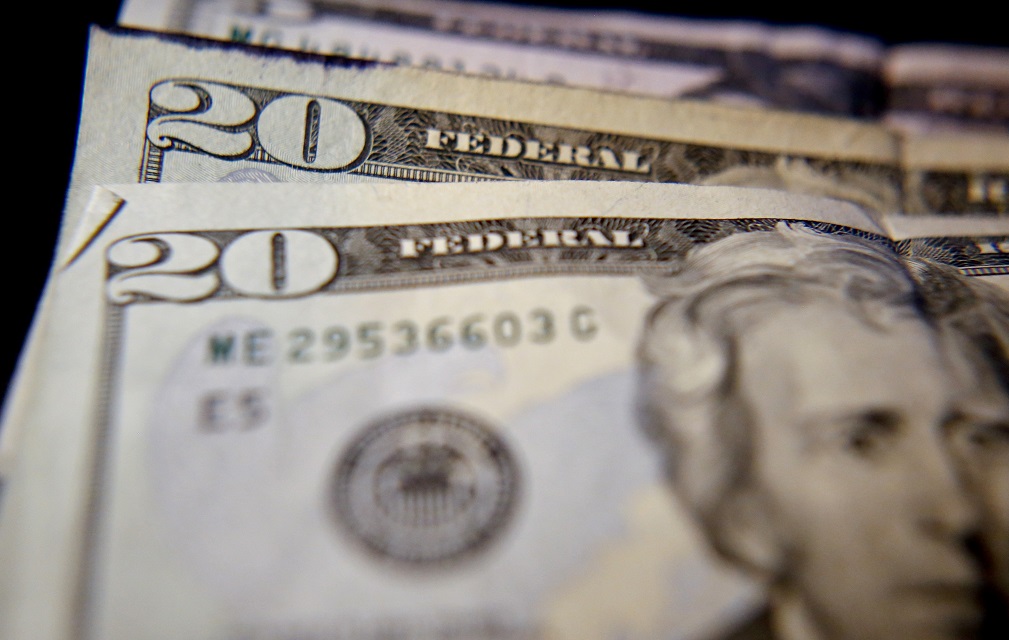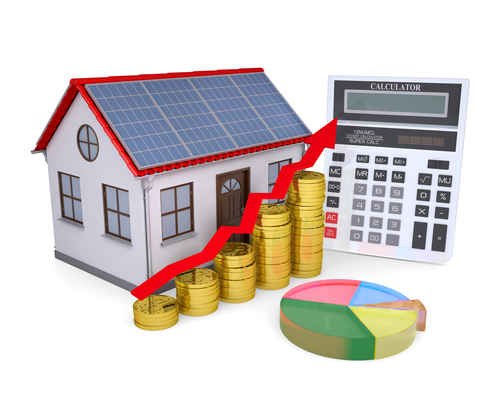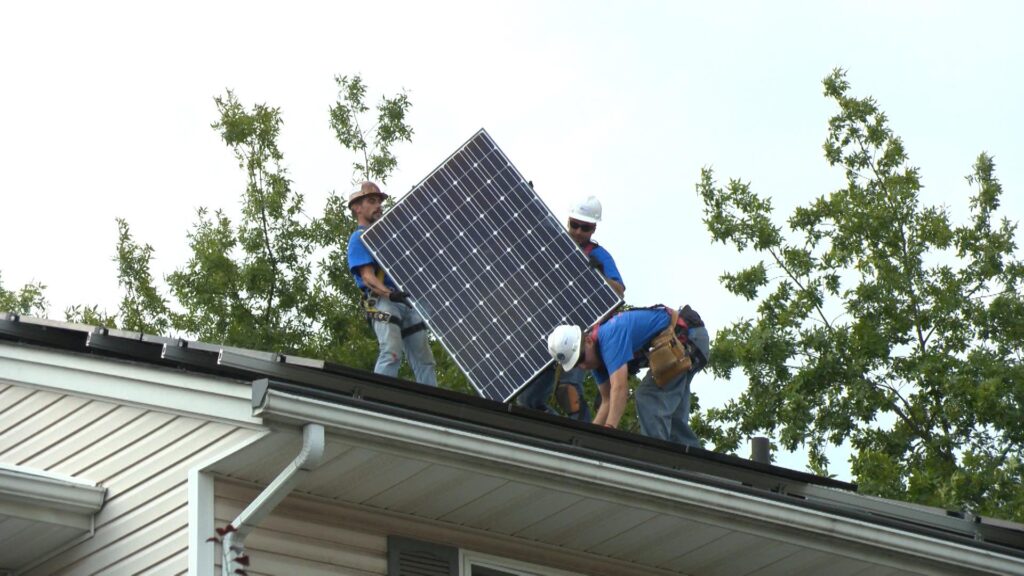Solar panels have quickly risen up the popularity chart for homeowners. Yet, the adoption rate could be much higher. The reason a lot of homeowners stop before getting a solar array for their house is cost. Despite the rapid improvement in solar panel installation costs in recent years, it still requires a hefty investment upfront. So if you’re planning to go solar but don’t know how to go about it, here are the solar financing options for you.
Cash Payment
Paying good old cash upfront is still the best way to maximize your profit on solar. According to the U.S. Energy Information Administration, the average monthly electricity bill in America in 2020 was $117.46. Now if you take into account that a solar system usually lasts 25 years and above, that means you’d have paid north of $35,000 just in electricity bills in this period. This number doesn’t reflect the inflation rate so you’ll actually end up paying a lot more than $35,000.
Now here’s the fun part: an average solar array installation today can cost you anything between $15,000 to $25,000. That means you not only save thousands of dollars in utility bills but also offset inflation while supplying uninterrupted energy to your house for the next 25 years.
Who should get solar
panels by paying cash?
- If you really want to extract the maximum savings from solar, paying cash is the right way to do it.
- If you have enough tax liability to use the federal investment tax credit (ITC), you should go for it.
3. If you have enough liquid cash at your disposal, this is the ideal option

Calculate the Total Gross Cost for your House right away with our Estimate Solar Tool!
Avvio Solar provides one of most accurate tools to check for the cost of solar, transparent and easy to use click on the button to check it out!
Solar Loan
Solar loan is another compelling option for homeowners. It’s particularly good if you don’t have enough cash upfront, but really want to own solar panels.
Solar panel loan gives you full ownership of the panels and makes you eligible for various federal and state tax credits. Solar loans are usually of two types: secured and unsecured. If you have equity in your house, you can go for a home equity loan or home equity line of credit (HELOC). Interest rates usually vary for these types of secured loans.
If you want to purchase a house and install solar panels at the same time, Fannie Mae HomeStyle Renovation loan and FHA 203(k) loan can be your options. The interest rates are, however, higher than other loans.
It’s important to fine-tune the agreements and go over the terms and conditions to fully understand how much and how long you’ll carry the loan contract. For example, unsecured loans have a much higher annual percentage rate (APR) than secured loans.
Who should get solar
panels by taking a loan?
- If you don’t want to shell out money upfront, but still would like to own a solar system, taking a loan is the way to go.
- If you want to be eligible for solar tax credits, solar loans are a good way to finance the installation.
- If you have enough home equity, a solar loan is an ideal option.

Calculate all the benefits of getting a loan with our Estimate Solar Tool
Loan provides great benefits as tax credits and time to pay it out, check our tool to see how much would you be paying each month, the credit applied and home increasing value with just a click!
Solar lease/ Power
Purchase Agreement (PPA)
Solar lease and PPA are the other types of financing options. They sound a lot like solar loans but there’s one major difference: when you take a loan to install solar, you own the entire system. But this is not the case with solar lease or PPA.
With a solar lease, you need to pay a fixed monthly amount for the panels to use, with PPA, you need to pay a fixed monthly amount to use the electricity generated from the system. In both cases, the ownership of the system lies with the third-party provider. The vendor sets the rate and it’s generally slightly lower than electricity rates.
Who should get solar
panels with a solar lease or PPA?
- You should go for a lease or PPA if you don’t qualify for the tax credits. Since you don’t actually own the array, you don’t get tax incentives.
- Solar lease or PPA should work the best for you if you don’t want to carry the maintenance cost for the system. The vendor who owns the system carries the maintenance cost
- If you’re not ready to fully commit to solar and are looking to go green by taking small steps, this is the right financing option.

Calculate the cost for lease and benefits included with our Estimate Solar Tool
No commitment of final purchase leasing comes great for many customers out there and brings all the benefits of changing to solar, click here to check the best prices and how much would it be for your residence in a couple of minutes.
How are we calculating a rough estimate by just your estimate monthly bill?
- First we calculated the average
cost of electricity in the greater southwestern region of the US. We
included Texas, New Mexico, Arizona, Utah and Nevada. The average rate per
KwH we found was $0.13. - We take your estimated average
monthly payment and divide it by the average Kwh rate of $.013 - Once we find your monthly usage
we multiply that by 12 to find your annual KwH usage - To find the right system size
to offset your annual usage we divide the annual usage by the estimated
regional production ratio or plainly put, the number defining how much sun
your roof gets. - To find total system cost we
take that number and multiply by the average price per watt for solar
(including installation costs) within the stated region.
This is a rough estimate and there are a few additional factors that can change this
estimate:
The pitch and shape of your roof .
Does it have enough south facing exposure? Or do we need to ad more panels to collect more sun from non south facing areas of your roof?
Do you have any shaded areas of your roof with lesssun exposure than others?
Are you planning to finance the panels?
For a monthly estimate, we would need to calculate any finance or interest charges.
How do we calculate a more dialed in Solar estimate
If you’re able to log in to your online account, most utility companies can show you the exact usage amount and how much said usage ended up costing you.
First we’ll need you to add up your last 12 months of electric usage in KhW to find your annual usage.
1.To find the right system size to offset your annual usage we divide the annual usage by the estimated regional production ratio or plainly put, the number defining how much sun your roof gets.
- To find total system cost we take that number and multiply by the average price per watt for solar (including installation costs) within the stated region.This is as close to a quote as we can get with the given information but there is a few additional factors that can change this estimate:
The pitch and shape of your roof .
Does it have enough south facing exposure? Or do we need to ad more panels to collect more sun from non south facing areas of your roof?
Do you have any shaded areas of your roof with less sun exposure than others?
Are you planning to finance the panels? For a monthly estimate, we would need to calculate any finance or interest charges.


